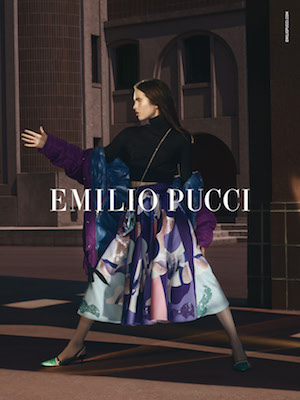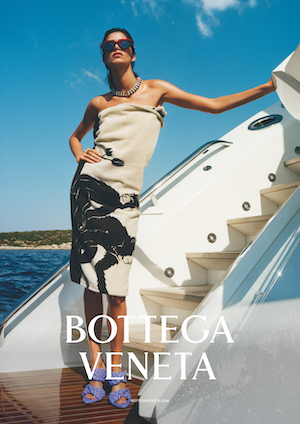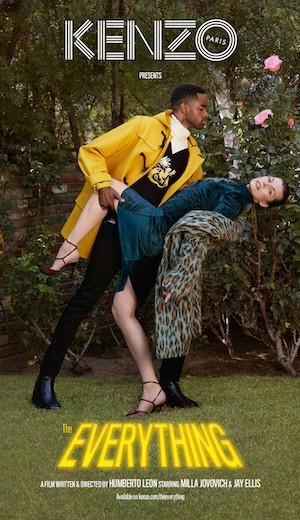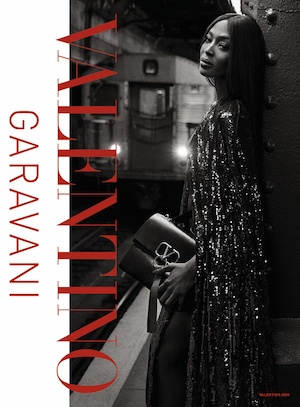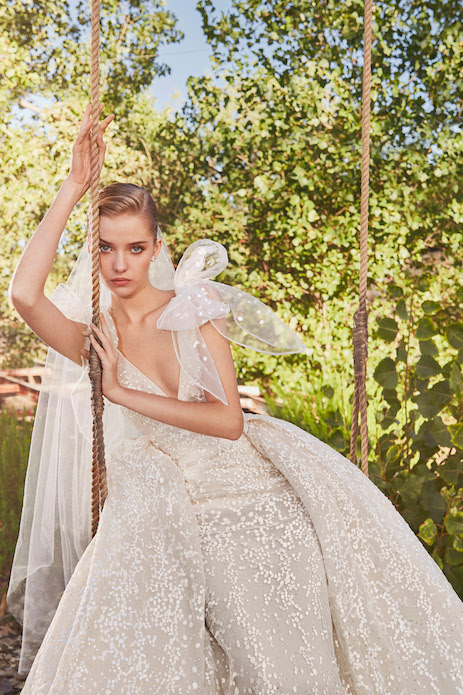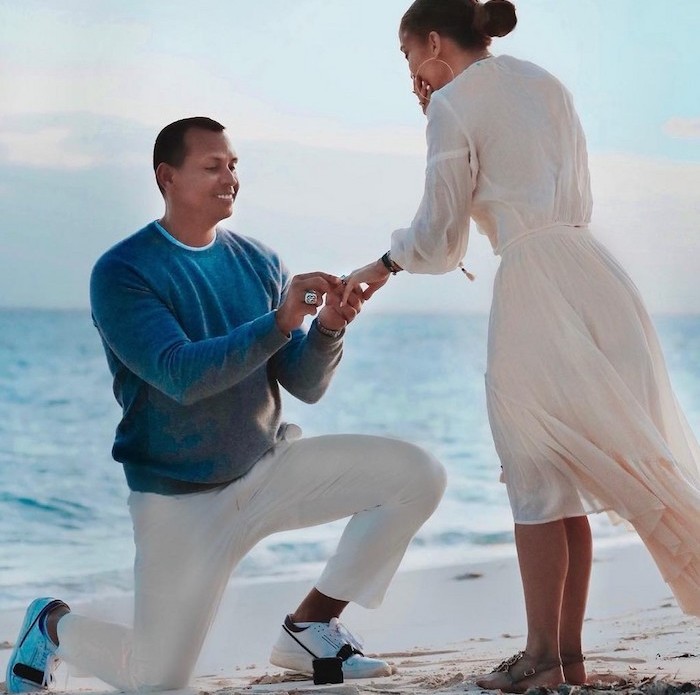Wedding Gowns
The Evolution of the Wedding Dress
January 31, 2020
From cap veils and lack of waistlines to full skirts and embroidered gowns, the ever-evolving, awe-inspiring wedding dress has undergone tremendous changes over the years, yet its allure and magnificence have remained a constant.
Wedding dresses as we think of them today are a 20th century tradition. Up until the end of the First World War, women either made their own dresses or had them made by a dressmaker. Naturally, the wealthier the bride’s family, the more ornate the dress. While some big stores sold ready-made wedding gowns, the greater demand, by far, was for fabrics and patterns for the bride, her mother or a dressmaker.
1920s
Cloche or cap veils were a must in the 20s, fitting over the entire head and then falling gracefully over the shoulders. Veils were yards of dreamy silk tulle that was often photographed in a graceful gather at the bride’s feet. This bride’s veil was a rectangular cut, perfectly matching her lack of waistline typically associated with gowns of this decade. Often made from net backed laces, veils became more and more elaborate, some using the finest Lyon and Brussels lace. These were decorated with satin or velvet ribbon, metallic gimp and wax blossoms at the ears. This bride’s cap veil incorporated a large pouf at the back that was balanced by her simple daisy and crown trim.
1930s
The early 30’s saw a world depression and simple was the word for most brides. By the mid-thirties however, things were looking up; men were back in work and there was more money circulating so wedding dresses began reflecting the European fashions. A long, sleek appearance was desired and a natural, slim silhouette became the fashion with accents on the bias cutting and draping of the gown’s fabric. Crepe fabric was also extremely popular for the bias cut, with versions of cloky crepe, rough crepe, crinkled crepe, metal crepe and Romaine crepe as options. Silk tulle was used for veiling as it hung limp and straight and matched the sleekness of the gown perfectly.
From 1939 to 1948, fabric was extremely hard to come by, so many a wedding dress was recycled from family and friends. As a result, the slinky look of the thirties had an extended life.
1940s
The wedding gown best remembered in the 40s is a luminous rayon satin gown with broad shoulders and a slim waist. An almost forgotten transition took place earlier however, from the 1938 sleek and unstructured bias cut silk gown to the rather diaphanous puffy sleeved organza gown especially popular after the release of Gone with the Wind in 1939. Lace and frills were often added to the yoke as trim, but for the most part, wedding gowns in the forties were very minimalist and smart, with a dropped basque waist and sweetheart neckline.
1950s
The full, full and fuller skirt gained popularity in the 50’s. Rounded and soft shoulders, an almost pinched waist, a pointed bosom and spike heels were the hallmarks of 50’s bridal wear. The hourglass effect was further emphasized with crinolines and hoop skirts. A lot of lace was the cry of most brides as it reflected an appreciation of moneyed European tradition. Designers further manipulated lace bodices by sculpting and plating net pleats at the neckline, cutting appliqué, scissoring and knifing pleats on the skirt and draping dramatic lace panels over net. Emphasis was on layered materials which added style and fullness without being too cumbersome or uncomfortable.
Skull cap headpieces became the standard for dressy day and into evening. Bridal wear designers used the skull cap in velvet and satin with a circle veil. The veil was gathered at its center, cut into a circle and folded at the cap. In the late fifties, hemlines dropped and the full skirted wedding gown became heavy and more structured, with less movement.
1960s
American women in the 60s admired Jacqueline Kennedy for her upscale style and instantly adopted her sense of fashion. Her silhouette of a slim fitting sheath was striking in contrast to the full skirts of the previous decade. American wedding-wear designers, not yet ready for sleeveless gowns in 1962, adapted the sleeve to cover the shoulder as a cap. The gown was a modified bubble sheath with banded waist and scooped neck. Wedding wear was a mix of Empire and Victorian inspired A-line cut dresses, some with flowing bell sleeves and flower trims.
Wedding wear had evolved into flower child romanticism toward the end of the decade. Hemlines were ankle skimming, hence most hippie brides chose to go barefoot and wear a wreath hairpiece of real flowers for a natural, organic, Mother Nature look. Naturally, not everyone adopted the carefree alternative hippie lifestyle, many women still used copious amounts of hairspray and rat tail combs in the 60’s and continued to do so into the 70’s.
1970s
Wedding fashion was very romantic with a medieval flair. Wedding gowns from 1970 to 1973 changed rapidly. In 1970, the silhouette was still empire, with emphasis on fresh materials such as nylon. A new sleeve treatment called a “Camelot sleeve” was a huge fad, fitting like a short sleeve and blousing at the forearm. By 1972, the wedding gown was chaste and virginal, with a very full skirt and absolutely no hint of a waistline. That changed in 1973, when the overwhelming transition to neo-Victorian began. The transition to disco-influenced clothing began around 1975 and by 1976 the tide had turned from the stiff, structured gowns to the stretch polyester double knit, heralded as the fabric of the future. This lasted until the end of the decade.
1980s
Wedding fashion see-sawed from one extreme to another in the 1980’s – from the softly romantic gowns to the body hugging showgirl sheath with detachable train. Princess Diana’s choice for her 1981 marriage to Prince Charles was reflective of the times. The sleeve on her ivory silk taffeta gown was large, a style that had first been memorable in the year 1896.
1990s to date
If there is a central theme peeking out from the pages of the bridal magazines of the last 15 years, “less is more” would probably be the best attribution. The stripped down bodice similar to that of a one-piece bathing suit and full skirt has been the favorite among brides. Fashion designers also presented brides with a stunning assortment of intricately hand beaded gowns that were wearable art.
One thing is certain, a wedding gown these days reflects the woman’s personality and own personal style, but what the future holds for the evolving wedding dress still remains to be seen.


